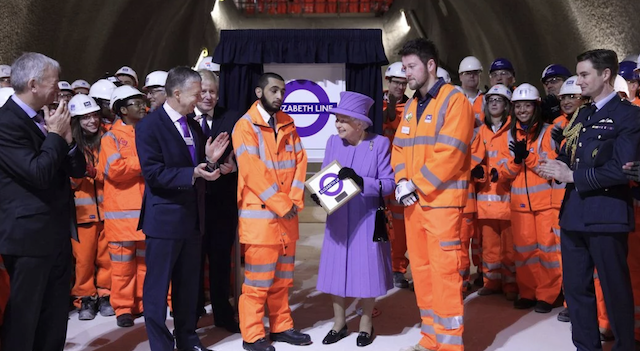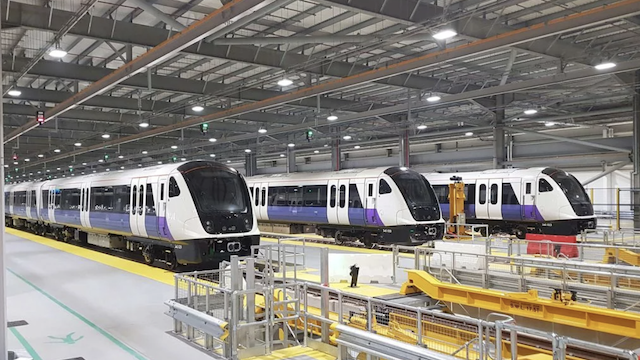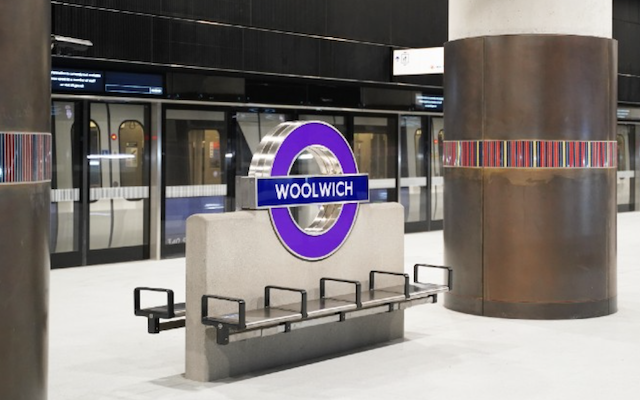Post
The Elizabeth line: Europe's largest construction project
30 Jul 2024
The Elizabeth line is London’s first accessible railway. It is the result of the biggest infrastructure project in a generation and, as a concept, can trace its history back over a century.
The new railway connects the mainline stations at Paddington and Liverpool Street with Heathrow Airport and Reading in the west, and with Shenfield and Abbey Wood in the east. It increases central London’s rail capacity by 10%, taking pressure off some of the Underground’s busiest interchanges.
Each of its fast air-conditioned walk-through trains are nine carriages long, with space for up to 1,500 people.
Why is it called the Elizabeth line?
Through most of its planning and construction, the new line was known as Crossrail. In February 2016 it was renamed the Elizabeth line by Boris Johnson, then Mayor of London, to honour Queen Elizabeth II.
Did you know?
The line was nearly named the Churchill line, after the wartime Prime Minister Winston Churchill
Origins
The Elizabeth line runs through London’s first new deep tube tunnels this century, but the project dates back much further.
An east-west tube railway linking mainline termini was first proposed in 1919, by the Underground’s Commercial Manager, Frank Pick, and again in the 1943 County of London Plan.
A route very similar to the Elizabeth line, including a link to London Airport, was one of several new railways considered by London Transport after the Second World War, but it never made it off the drawing board at the time.
Other 1940s schemes, including the Victoria line and the Jubilee line extension, were eventually built decades later. An attempt to get Parliamentary approval for what had become known as Crossrail failed in the 1990s, but a new scheme was presented in 2005 and was finally passed in 2008.
The Elizabeth line is unique on the London Underground in that surface stock trains – as big as the S stock than run on the Metropolitan and District lines – run in tube tunnels under the Capital, and far out into Berkshire and Essex on the surface.
Elizabeth line stories | London Transport Museum
Work on the line’s 42km of tunnels started in 2011, with eight huge Tunnel Boring Machines (TBMs) completing the task in four years. The main phase of station building and systems installation took place between 2016 and 2021, with each new station in turn handed over to Transport for London (TfL).
The ten new station buildings have a range of architects and approaches inspired by their locations, but the below-ground circulating areas, passages and platforms have a more consistent look and feel. Everything is bigger than the rest of the Underground and scaled to accommodate future growth.
Unfortunately our Elizabeth Line walk and talk is sold out. But you can book on other London Society events here
Check out our rundown of upcoming events
The signature look of the curving white glass fibre reinforced cladding (GFRC) linings predominates the passageways, with gentle flared corners to improve visibility and safety, and minimise clutter. Free-standing finger-posts known as ‘totems’ give clear and consistent directions to exits, platforms and interchanges.
Lifts, ramps, improved signage, crossings and places to stop ensure the stations are accessible, with step-free access to platform level as a minimum. The ten brand new stations have step-free access from train to street.
A new depot at Old Oak Common houses and maintain 42 of the Elizabeth line’s 70 new trains at a time and includes many novel features. The building incorporates heating and cooling from ground sources, with solar panels and rainwater harvesting to wash trains. An automatic system scans trains as they enter, reducing the overall time needed for maintenance.
Elizabeth line - in numbers:
-
£19bn total cost Europe's largest construction project
-
42 km of new tunnels
-
10,000 workers
-
13 years of construction
-
10 new stations in London


